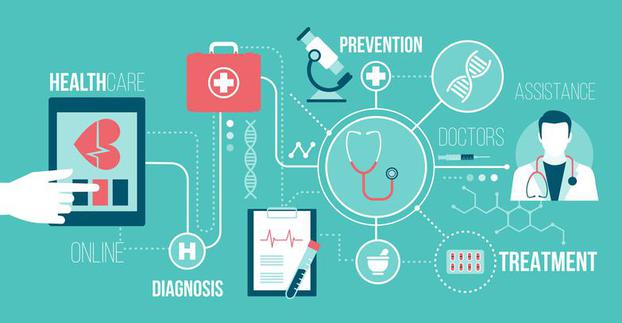Healthcare in America: A System Under Strain
🩺 The High Cost of Care
Healthcare in the United States is among the most expensive in the world. While American hospitals and doctors provide some of the most advanced treatments available, the cost of accessing care is often out of reach for working families. From high insurance premiums to surprise medical bills, many Americans avoid seeking care altogether for fear of financial ruin. This leaves the middle class — too wealthy for public assistance but not rich enough to pay out of pocket — caught in the middle of a broken system.
📈 Premiums, Deductibles, and Co-Pays
Even those with insurance struggle with costs. Monthly premiums have steadily increased, and high deductibles mean families must spend thousands before coverage even begins. Co-pays for doctor visits, urgent care, and medications add up quickly. For those living on fixed incomes or without employer-based insurance, the financial burden can become overwhelming. This leads many to delay or skip preventive care, worsening health outcomes and driving up long-term costs.
💊 Prescription Drug Prices
Prescription medications in the U.S. can cost hundreds — even thousands — of dollars per month. Many commonly used drugs cost far less in other countries, raising questions about fairness and pharmaceutical pricing. Seniors, in particular, are hit hard by rising drug costs, often forced to choose between medicine and other essentials. Efforts to allow Medicare to negotiate drug prices have begun, but more reform is needed to bring relief to everyday Americans.
🏥 The Insurance Maze
Navigating the healthcare system can be confusing and frustrating. From narrow provider networks to denied claims and billing errors, many patients are left wondering who’s responsible for what. Even a short hospital stay can result in multiple bills from doctors, labs, and specialists. For many Americans, understanding their insurance coverage is nearly as stressful as the medical issues themselves.
⚕️ Mental Health Access
Access to mental health care remains limited and expensive. Depression, anxiety, addiction, and trauma affect millions of Americans, but many cannot afford therapy or psychiatric services. Long wait times, insurance limitations, and provider shortages are common. Addressing mental health is essential for the well-being of families, veterans, students, and seniors — and it must become a national priority.
🩹 Rural Healthcare Deserts
In rural America, healthcare access is even more limited. Hospitals are closing, specialists are scarce, and travel distances for care are growing. Residents in small towns often face long drives for routine checkups, cancer treatment, or childbirth. These healthcare gaps worsen health disparities and put lives at risk, especially for older adults and those with chronic conditions.
👨⚕️ Essential Workers Left Behind
Many essential workers — grocery clerks, delivery drivers, farmworkers, and caregivers — don’t receive adequate healthcare coverage through their jobs. During the COVID-19 pandemic, these same workers kept the country running, often without access to the very healthcare system they were risking their lives to support. This exposed deep inequalities in employer-provided benefits and raised new urgency for policy changes.
🇺🇸 A Better Path Forward
Healthcare in America should be accessible, affordable, and fair for all. Solutions may include expanding public options, reducing administrative costs, negotiating drug prices, and increasing price transparency. Preventive care and mental health must be prioritized, and rural communities need targeted support. While policy debates continue, Americans must demand a system that values health over profit and puts people before paperwork. A strong, healthy middle class depends on it.

